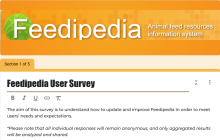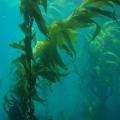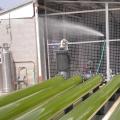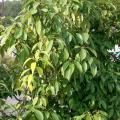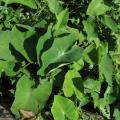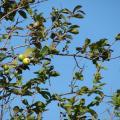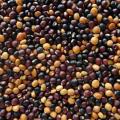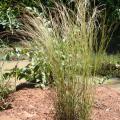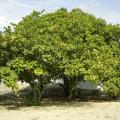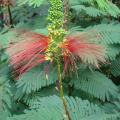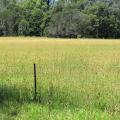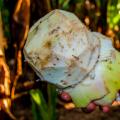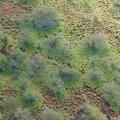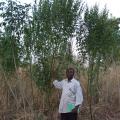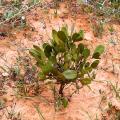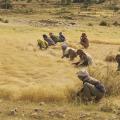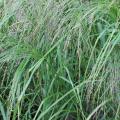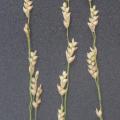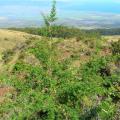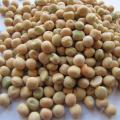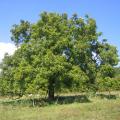Feedipedia news
After 13 years, it is time for the website to be upgraded! Before we start, we need your input.
Explore Feedipedia
|
Algae are an heterogeneous group of plants with a complex and often controversial... Read more |
Microalgae are small-sized organisms found in fresh and saline waters, in both benthic... Read more |
Blue Japanese oak (Quercus glauca Thunb.) is a medium-sized tree native... Read more |
|
Sweet potato (Ipomoea batatas (L.) Lam.) is a plant grown for its tuberous roots... Read more |
Guava (Psidium guajava L.) is an important tropical tree cultivated for its... Read more |
Pigeon pea (Cajanus cajan (L.) Huth) is one of the most common tropical and... Read more |
|
Crimson bluestem (Schizachyrium sanguineum (Retz.) Alston) is a tropical grass... Read more |
The cashew tree (Anacardium occidentale L.) is a medium-sized tropical tree... Read more |
Calliandra (Calliandra calothyrsus Meisn.) is a small tropical legume tree... Read more |
|
Bulbous canary grass (Phalaris aquatica L.) is a valuable pasture forage of... Read more |
The breadfruit tree (Artocarpus altilis (Parkinson) Fosberg) is an evergreen... Read more |
Enset (Ensete ventricosum (Welw.) Cheesman) is a tall herbaceous plant from... Read more |
|
Spear grass (Heteropogon contortus (L.) Beauv. ex Roem. & Schult.) is a... Read more |
Pigeon pea (Cajanus cajan (L.) Huth) is one of the most common tropical and... Read more |
Yeheb (Cordeauxia edulis Hemsl.) is a woody legume of the arid semi-deserts of... Read more |
|
Tef (Eragrostis tef (Zuccagni) Trotter) is a dual purpose cereal, valued for... Read more |
Tef (Eragrostis tef (Zuccagni) Trotter) is a dual purpose cereal, valued for... Read more |
Tef (Eragrostis tef (Zuccagni) Trotter) is a dual purpose cereal, valued for... Read more |
|
Tagasaste (Cytisus proliferus L. f.), also called tree lucerne, is a fast... Read more |
Peas (usually Pisum sativum L.) are one of the four most important legume crops... Read more |
Walnut, the fruit of the walnut tree (Juglans regia L.), has been used in human... Read more |
Pages
Recent resources
 Opinion paper: Phasing out of the aid provided to the livestock sector during expectedly recurrent emergencies
- Makkar, 2024. animal
Opinion paper: Phasing out of the aid provided to the livestock sector during expectedly recurrent emergencies
- Makkar, 2024. animal
Open access opinion paper that makes a case that the emergency aid do more harm than good to African countries. It is valid for all the fields of agriculture but has direct consequence for animal agriculture. The context here is the aid provided during emergencies that are foreseeable recurrent.
The role of livestock in food security, poverty reduction and wealth creation in West Africa
- Molina-Flores et al., 2020. Food and Agriculture Organization of the United Nations Accra, 2020
Livestock is key to 377 million people in West Africa and in some countries, up to 60% of the population is involved in livestock production. The demand for animal products is increasing with population growth, urbanization, growing middle class, and due to shifting consumer preferences towards animal products. To meet this growing demand, countries in West Africa must engage in accelerated sustainable livestock production undertaking. Livestock development is key to eradicate hunger and poverty. This book attempts to provide up-to-date, and reliable information on the potentials, opportunities, and challenges of the livestock subsector in West Africa.
Pulses and their by-products as animal feed
- Sherasia et al., 2017. In: Calles, T.; Makkar, H. P. S. (Eds), FAO, Food and Agriculture Organization of the United Nations, Rome, Italy
This document provides a state-of-the-art review of the recent research (published and unpublished) on the use of pulses and their by-products as animal feed. It aims at raising awareness on the use of pulses and their by-products. It highlights the nutritional role of pulses and pulse by-products as animal feed and is a contribution to the legacy of the 2016 International Year of Pulses. This document will further enhance the use of these feed resources in other continents, besides Asia, where many pulse by-products are simply dumped. It is also expected that the synthesis presented contributes to make the use of pulses and their by-products as animal feed more efficient. This document will be useful for extension workers, researchers, feed industry, policy-makers and donors alike.









